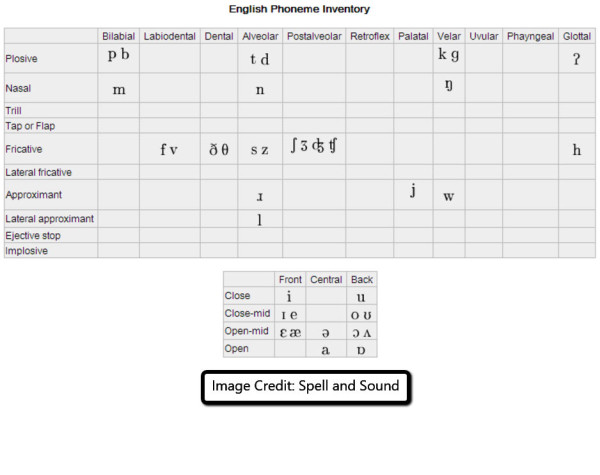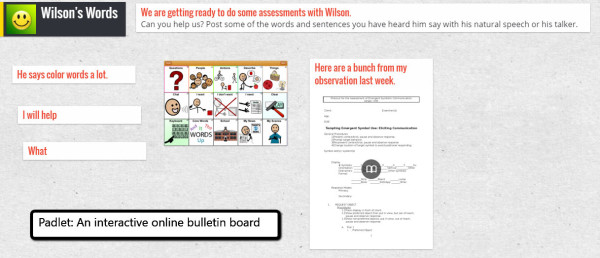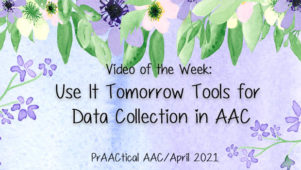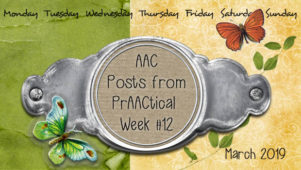Tracking Natural Speech Changes in AAC: PrAACtical Suggestions
Let’s face it: No matter how much some of us love the AAC field, nothing makes us happier than hearing the natural speech of our prAACtical friends.
Initially, it’s a good idea to capture the oral output of our AAC learners so that what we have a baseline of their productions. That can serve as a point of comparison later on when we want to look at how the student is changing over time. Didn’t do a baseline measure at the start of treatment or the school year? It’s nothing to stress about, but put this on your radar and consider gathering the information now so that you have it to work with later on. Here are some thoughts on moving forward.
What to Track
- Track the sounds your student can produce: Complete a phonetic inventory by keeping a list of all the consonants and vowels the AAC learner has produced. Traditionally, phonetic inventories are completed when a communicator has 10-50 words and can produce 10 different words in a 1-hour period. However, there is no reason why we cannot use this methodology for learners who are not yet at this stage.
- Track the syllable shapes
- Track the words and/or word approximations

How to Track
- Use traditional articulation test protocols even though you aren’t administering the actual test.
- Create your own form. Remember to include vowels and diphthongs.
- Get input from others: Distribute a checklist or form, like this one from Expressions Speech, to parents, classroom staff, and other therapists to gain insight into what others are hearing.
- Padlet: Use a free online tool, like Padlet, and share the URL with others. Invite them to add things that they’ve heard the student say. In this example, we focused on words and sentences, but you can easily use the same tool to get input on vowels and consonants that team members have heard the learner say.

In your record-keeping, you may want to have a different notation for things like:
- whether the student habitually produces that sound, syllable shape, word
- whether the student has been observed producing the sound, syllable shape, or word but does not typically use it
- whether the information was elicited or observed by you, or reported by another informant
Do you have strategies for keeping track of the oral output produced by AAC learners with whom you work? Please share so that we can all learn and strengthen our AAC practices.
Filed under: PrAACtical Thinking
Tagged With: data collection, natural speech, Padlet, phonetic inventory
This post was written by Carole Zangari




